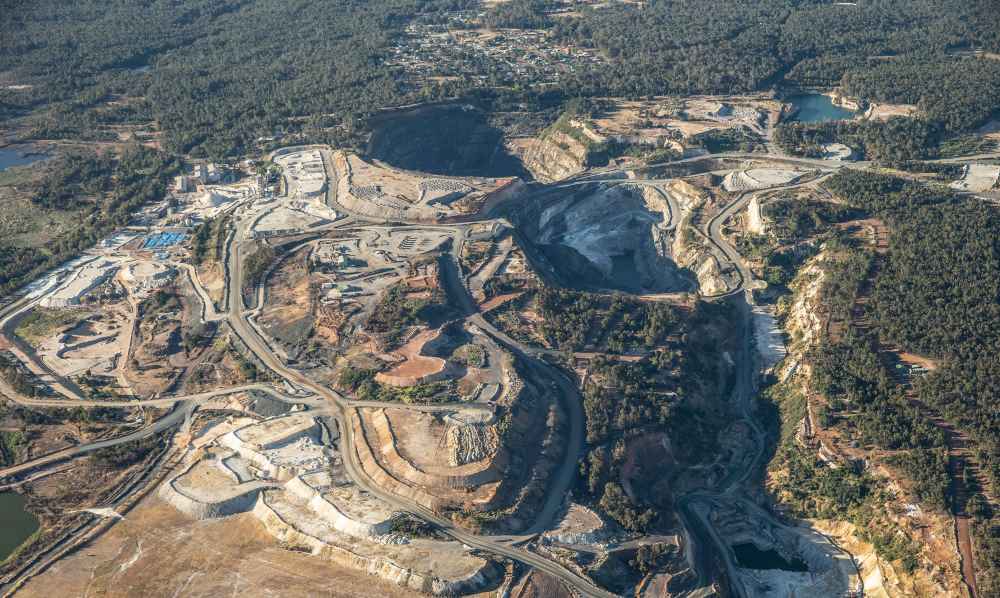
Australia’s mining industry is a significant contributor to the country’s economy, but with it comes an array of environmental challenges, not least of which is the management of dust particulate matter (PM).
The generation and dispersion of dust from mining operations can have detrimental impacts on the environment, workers’ health, and nearby communities.
Addressing this issue is crucial, given the industry’s significance and its potential environmental footprint.
Here, we discuss strategies to reduce dust PM in Australian mining operations, drawing upon best practices and standards in the country.
Scroll on to read more in our latest blog.
Dust is predominantly generated during various mining processes, such as:
Understanding when and where dust is produced can guide operators in implementing targeted control measures.
a) Water Sprays: Water is the most commonly used suppressant in mining operations. Automated sprinkler systems or water trucks can dampen roads, thereby preventing dust lift-off. It’s vital, however, to use this resource judiciously given Australia’s arid conditions in many mining areas.
b) Chemical Suppressants: These are applied to control dust emissions. Chemicals like polymers, calcium magnesium acetate and lignosulfonates, specially formulated liquid polymer added to watering trucks used to reduce water required for continuous dust suppression by at least 65% and extend the dust suppressing effects four to five times longer than water alone can be used to create a surface crust on piles or roads, preventing the release of PM.
By strategically placing windbreaks or barriers around active operations, one can reduce wind speeds, thereby limiting the spread of dust. These can include:
Proper equipment design and regular maintenance can significantly reduce dust emissions. For instance:
Stabilizing exposed surfaces, especially in stockpile areas or tailings dams, can limit dust generation. This can be achieved through:
Advanced technologies now enable real-time monitoring of PM levels. By leveraging these technologies, mines can adapt their control measures based on real-time data. Automated systems can adjust water spray frequencies, for instance, or alert operators to increased PM levels.
Continual training of employees on the importance of dust control, as well as methods to reduce it, can significantly impact dust management efforts. Workers who understand the importance of the issue are more likely to be proactive in addressing it.
Maintaining an open dialogue with nearby communities can help mining companies understand local concerns related to dust emissions. This can guide them in adjusting their dust control measures and reporting on their initiatives.
Australia has strict environmental regulations and standards regarding air quality. Regularly reviewing and adhering to these standards ensures that mining operations remain compliant and are actively working to reduce their environmental footprint.
Your feedback is important to us.
If you enjoyed reading this Global Road Technology industry update and found it informative, please let us know by leaving a REVIEW.
Given the breadth and significance of the mining industry in Australia, efforts to control and reduce dust particulate matter are not only an environmental imperative but also crucial for the health and well-being of workers and surrounding communities. Through a combination of technological advancements, innovative strategies, and adherence to national standards, Australian mines can lead the way in responsible and sustainable mining practices.
Are environmental regulations, health and safety concerns or potential profit loss a concern right now?
Contact Us Now